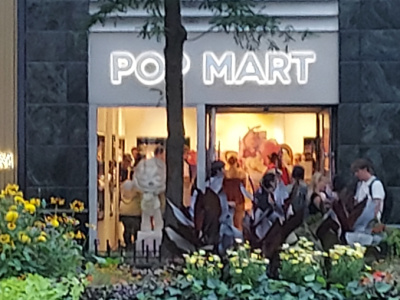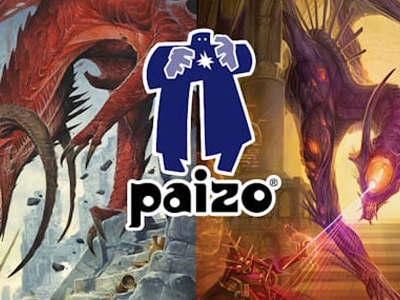According to an article by Richard Sandomir in the New York Times, only about 63% of the potential advertising spots in the first weekend of XFL broadcasts have been sold on the eve of the first XFL tilt. Although the list of sponsors is impressive, including as it does AT&T, Anheuser-Busch, Pennzoil, Miller Brewing, and Honda, other potential advertisers are sitting back and waiting to see how the new league fares with viewers, sportswriters, and fans before they spend their ad dollars. Actually given the softness in the current TV ad market, the XFL has done quite well for a start-up concern in a very competitive business.
Some potential sponsors have undoubtedly been put-off by the flagrant vulgarity of the WWF, the parent company of the new football league. The task for the XFL is to 'jazz' up what amounts to minor league football without going too far and alienating important groups of fans and advertisers. Confident of initial success, the XFL has reportedly guaranteed sponsors a combined 10 share for the three initial XFL broadcasts. This number appears to be very attainable given the major advertising that NBC and the WWF have provided. The problem for the XFL will be in sustaining popularity through several seasons without going too far in its on- and off-the-field sensationalism.
The licensing policy of the XFL has been as restrained as the enthusiasm of potential advertisers. While the WWF has stamped its trademark on everything from condoms to Zuba pants, they have taken a much more judicious path with the XFL. XFL director of licensing Kevin McGoldrick wants to avoid the mistakes of the NFL. Specialty retailers are aware of how the football trading card market has suffered from too many brands from too many licensees, and the same thing happened in apparel, where Starter is just the most prominent victim of the NFL's overly expansive licensing. The XFL has wisely chosen to avoid competition in every category and price point (see 'Topps Has Exclusive').







